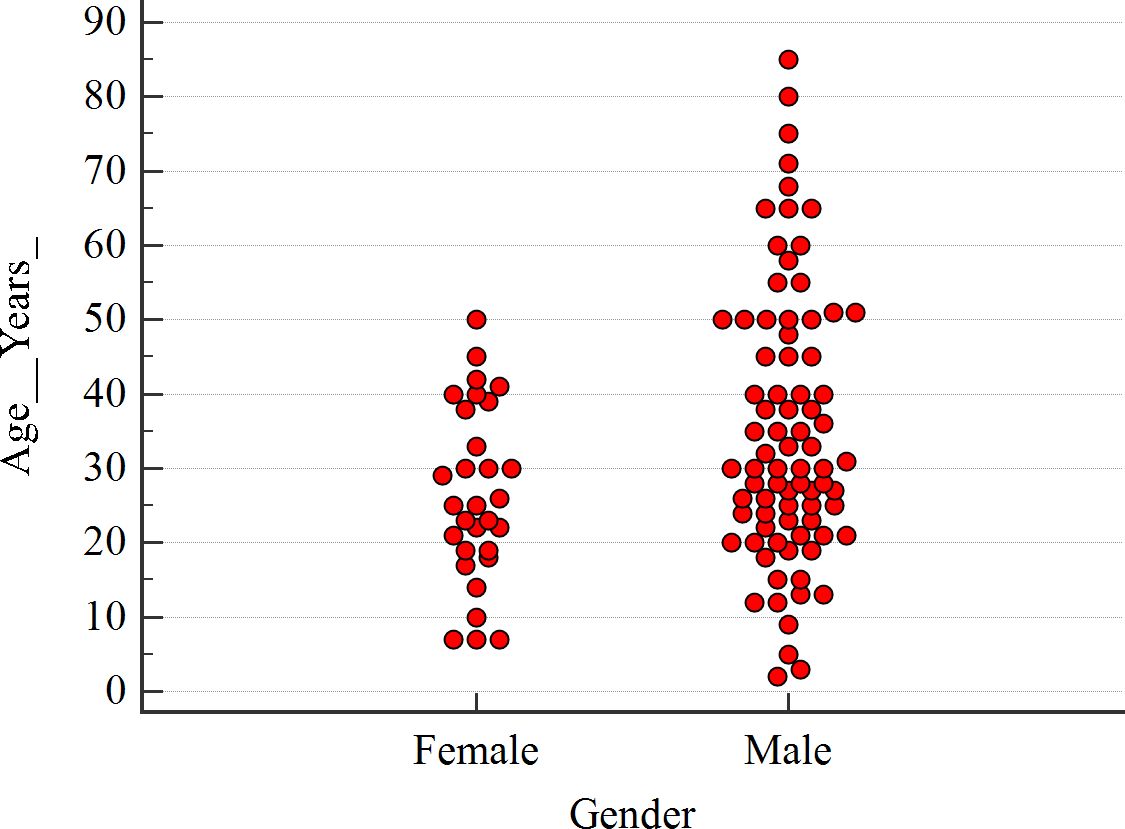CONTRIBUTION OF 3D VOLUME RENDERING COMPUTED TOMOGRAPHY IN THE ASSESSMENT OF BONE FRACTURES
DOI:
https://doi.org/10.71146/kjmr457Keywords:
3D Volume Rendering (VR), Computed Tomography (CT) Fracture Imaging, Musculoskeletal Trauma, Radiological Assessment AccuracyAbstract
The imaging of fractures in radiology departments is the most vital step after bony trauma where 3D volume rendering CT gives immediate and through examination of musculoskeletal system. Volume rendering images has proved particularly significant for the diagnosis of subtle abnormalities. 3D (VR) is a technique of creating a realistic 2-D image that intuitively conveys 3-D relationships which can be easily understood by non-radiologists. Prospective cross-sectional study was conducted to evaluate the contribution of 3D (VR) computed tomography for the assessment of bone fractures at District Headquarter Hospital Timergara Dir (Lower), KPK, Pakistan. A total of 110 subjects with the history of trauma (bone fracture) confirmed on both X-ray and CT scan with 3D VR were recruited in the study. Toshiba X-ray and Toshiba Asteionsuper 4 CT scan machines were used. Exposures were taken in axial views of the region of interest with 5-10mm slice thickness at 100-250 KV. Predesigned questionnaires were used for data collection, which was then transferred on EXCEL software and then finally analyzed using MEDCALC. In our study the two main causes of trauma included history of fall and road traffic accident. The results showed that the complete and comminuted fractures were the commonest type of fractures among these patients. 3D rendered images on CT showed high accuracy in findings of number of fragments, fracture line type, soft tissue extension and detection of damage to the blood vessels. Only one brachial artery damage by humeral fracture remained undetected on CT which was revealed on intra-operatively. It is concluded that the three-dimension volume rendering technique is feasible, flexible and clinically accurate.
Downloads

Downloads
Published
Issue
Section
License
Copyright (c) 2025 Bilal Ahmed, Shakir Ullah, Muhammad Kaleem Akhter, Syed Zaigham Ali Shah, Saba Zafar (Author)

This work is licensed under a Creative Commons Attribution 4.0 International License.






